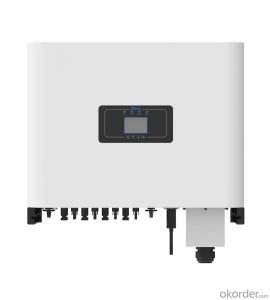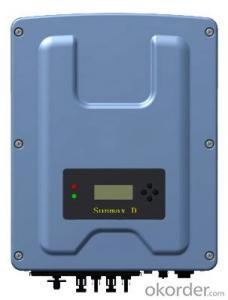Danfoss Solar Inverter
Danfoss Solar Inverter Related Searches
Grundfos Solar Inverter Solaris Solar Inverter Sunpower Solar Inverter Solar Solar Inverter Inverter Solar Eaton Solar Inverter Digital Solar Inverter Sun Solar Inverter Renovo Solar Inverter Siemens Solar Inverter Solar System Inverter Sunways Solar Inverter Solar Electric Inverter Solar Energy Inverter Solar Smart Inverter Sunway Solar Inverter Suntech Solar Inverter Domestic Solar Inverter Smart Inverter Solar Sunshine Solar Inverter Anchor Solar Inverter Solar Inverter System Power Solar Inverter Bosch Solar Inverter Smart Solar Inverter Samsung Solar Inverter Home Depot Solar Inverter Sungold Solar Inverter Tesla Solar Inverter Xantrex Solar InverterDanfoss Solar Inverter Supplier & Manufacturer from China
Danfoss Solar Inverter is a range of high-quality solar energy conversion products designed to maximize the efficiency of solar power systems. These inverters are engineered to convert the direct current (DC) generated by solar panels into alternating current (AC), which can be used by homes and businesses. The Danfoss Solar Inverter is widely recognized for its reliability, efficiency, and ease of integration into various solar power setups.The Danfoss Solar Inverter is utilized in a variety of applications, including residential, commercial, and industrial solar power systems. It is particularly beneficial in areas with high solar irradiance, where the inverter can help to optimize energy production and reduce energy costs. The product is also suitable for off-grid systems, where it can provide a stable power supply to remote locations without access to the main power grid. The versatility of the Danfoss Solar Inverter makes it a popular choice for a broad range of solar energy projects.
Okorder.com is a leading wholesale supplier of the Danfoss Solar Inverter, offering a comprehensive inventory to cater to the needs of various customers. With a vast selection of models and specifications, Okorder.com ensures that buyers can find the perfect Danfoss Solar Inverter to suit their specific requirements. The platform's commitment to providing high-quality products and excellent customer service makes it a trusted source for those seeking to invest in reliable solar energy solutions.
Hot Products



















































